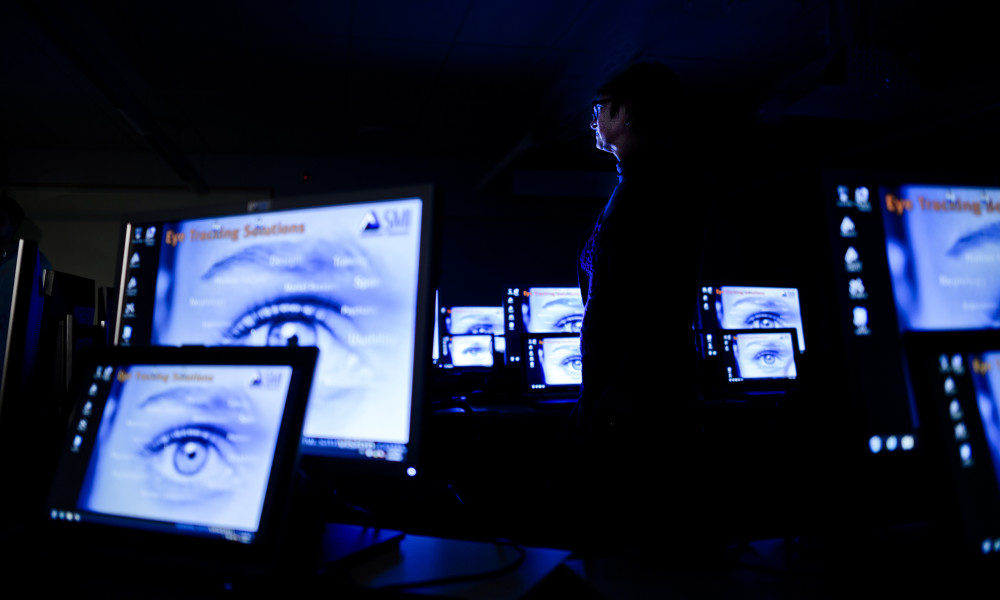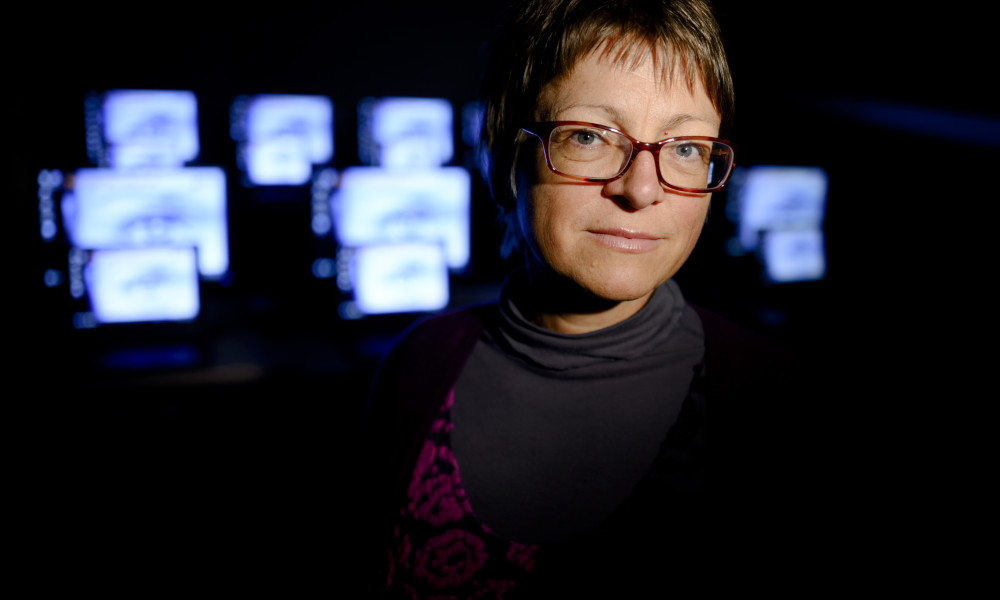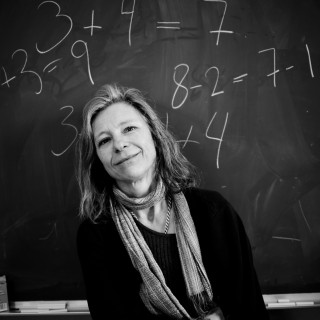The digital classroom
The world’s largest and best equipped digital classroom was inaugurated recently at the Humanities Laboratory at Lund University’s Centre for Languages and Literature. At the laboratory, researchers will gain a better understanding of how children learn and solve problems. It is hoped that the research will support the development of new individualised teaching aids.
Why are children sucked into a certain type of animation and take in information better when the graphics are designed in a particular way? In an age when paper books are on the way out and schoolchildren are increasingly studying with the help of electronic media, there is a great need for knowledge of teaching methods.
“The new digital laboratory and the new methods that we have developed provide greater opportunities to welcome school classes and study in a concrete and tangible way how children take in text, images and graphics”, says Jana Holsanova, a reader and cognitive science researcher, who has long used eye tracking in her research, including to study the interplay between language and images and the role of images in learning.
A new research project has just started in the digital classroom, supported by SEK 6 million from the Marcus and Amalia Wallenberg Foundation. The laboratory has 25 eye trackers, which register where the pupils focus their attention when faced with, for example, a maths problem. In the classroom, the researchers can listen to pupils’ discussions and how they receive feedback from the teacher.
“Once the recording is complete, we can analyse the entire process, identify areas that are problematic, and evaluate and propose ways we can support pupils in the learning process.
“We hope that the research will lead to new teaching materials adapted to the pupils’ individual needs and designed to support learning. There is a major demand for this knowledge today”, concludes Jana Holsanova.
Text: Britta Collberg
Photo: Kennet Ruona
Published: 2013




